Caffeine naturally exists in all coffee beans but there is a way to decaffeinate the beans for those who don’t want that early morning hit. However, popular belief holds that decaffeinated coffee equates to less flavor.
As a result, people stay wary of decaffeinated coffee. But while it is a bit tricky to remove the caffeine, there are several efficient coffee decaffeination methods that do the job just fine while retaining significant flavor.
The Beginning of Decaf – The Roselius Process
The Roselius Process was introduced in 1903 by Ludwig Roselius, a German coffee merchant. This was the first successful commercial attempt by anyone to decaffeinate coffee. He patented it as the “Roselius Process” in 1906.
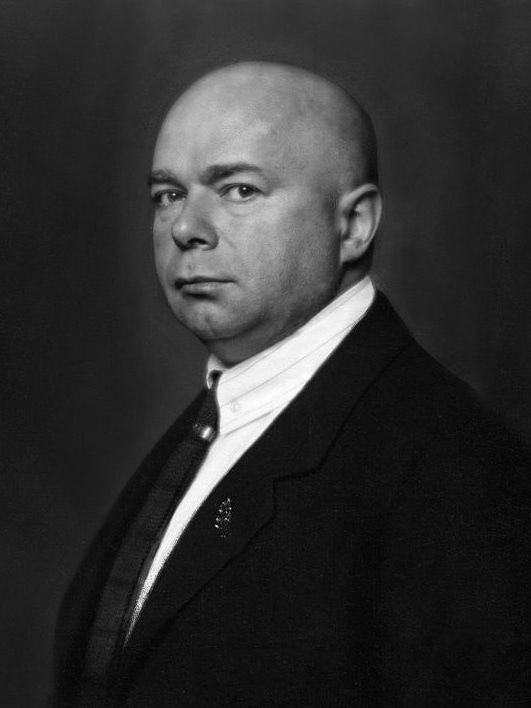
Ludwig Roselius
Popular conviction is that the German merchant’s drive to decaffeinate coffee originated from his personal belief that his father’s excessive coffee consumption poisoned him. As a result, he aimed to decaffeinate coffee since he believed caffeine to be the poison in coffee.
He steamed coffee beans with a brine solution of water and saturated salt. Once the beans were steamed, the organic chemical compound benzene was added as a solvent. Benzene effectively extracted all the caffeine from the beans. However, since benzene is a human carcinogen, the process is no longer used to decaffeinate coffee.
Then how is decaf coffee made today? Let’s look at it together!
The Methods of How Coffee is Decaffeinated Today
After the health concerns of the Roselius Process, there were several other decaffeination processes introduced. They are mainly divided into two categories: solvent-based processes and non-solvent-based processes. As the name suggests, the former uses a solvent, whereas the latter doesn’t.

Both methods are further divided into sub-categories which are all effective in their own ways. Let’s see how each works to determine what decaffeination process is suitable for you!
The Solvent-based processes
Solvent-based processes are contemporary approaches to decaffeinating coffee. The standout benefit of this type of process is that you don’t have to waste any coffee beans.
All you have to do is steam coffee beans for around thirty minutes. Once steamed, solvents such as smelling esters or methylene chloride are sprayed on the beans, effectively extracting all the caffeine.
In order to make the process more efficient, the solvent is collected and reused multiple times over the coffee beans. Even the beans are streamed in between sessions for the solvent to effectively do its extraction magic. This process is not just efficient but also quite economical.
There are two major types of solvent-based processes: indirect and direct solvent-based processes. Let’s see how each works.
The Indirect Solvent-Based Process
The indirect solvent-based process is the most popular method for decaffeination. It involves soaking the coffee beans in boiling water which helps extract all the water-soluble contents, including all the flavors and caffeine.
Once all the water-soluble content is extracted from the beans, the coffee beans are removed from the liquid. The next step is to add the solvent, methyl chloride, or smelling esters to the liquid. The solvent reacts with caffeine, and together they both evaporate from the liquid upon heating.
Once all the caffeine alongside the chemical solvent is removed, the coffee beans are reintroduced to the liquid. This time all the water-soluble flavors that were initially removed are reabsorbed by the beans.
The fact that all the caffeine is extracted without the beans ever coming in contact with the chemical solvent is why this process is so widely used.
The Direct Solvent-Based Process
The direct solvent-based process requires you to soften the beans by either steaming or soaking them in water. Once softened, the coffee beans are ready to be exposed to a solution containing the solvent. This is done repeatedly to make the process more efficient.
The solvent used is either ethyl acetate or methylene chloride. Ethyl acetate is the more commonly used solvent since it is naturally found in fruits. The whole process takes about ten hours, during which the beans are fully exposed to the solvent solution.
Once all the caffeine has been extracted by the solvent, the beans are then steamed to remove any excess solvent left behind. It is important to note that it is called the direct solvent-based process since the coffee beans directly contact the organic chemical solvent.
Non-Solvent Based Processes
The next in line are non-solvent-based processes that do not require the use of any chemical solvents. Instead, these processes make use of naturally occurring compounds such as water and carbon dioxide.
The Swiss Water Process (SWP)
The Swiss Water Process (SWP) was pioneered in 1933 in Switzerland. It became commercially used as a practical decaffeination method in 1980 and continues to be popular today.
No chemical solvents come in direct or indirect contact with the coffee beans to extract caffeine. Instead, this process uses the concepts of osmosis and solubility for efficient decaffeination.
The Process
The caffeine is dissolved by soaking the beans in extremely hot water. The water is then passed through a charcoal filter. The filter used is porous enough that all flavor and other smaller molecules are allowed to pass through except caffeine molecules.
As a result, all caffeine and flavor molecules are extracted from the beans. Now you have caffeine-less and flavorless beans in one tank, caffeine molecules in the filter, and flavor-rich water called “Green Coffee Extract” in a separate tank.
Now comes the interesting part, where you get a fresh batch of coffee beans and soak them in the Green Coffee Extract previous batch. The mixture is heated to remove all the water-soluble contents.
However, since the Green Coffee Extract used this time is over-saturated with all the flavor ingredients, no flavors from the new coffee beans batch are dissolved. Instead, only caffeine molecules are transported from the beans to the water. Voila, your decaffeinated coffee beans are ready with no loss of flavor.
What Does the SWISS WATER label on my coffee mean?
You will find a “SWISS WATER” label on all coffees that are decaffeinated through this process. Moreover, only organic decaf coffee is made using this process, and it is claimed to be 99.9% caffeine-free. As a result, this process allows you to have extremely low amounts of caffeine in decaf coffee.
Mountain Water Process
The Mountain Water Decaffeination process is quite similar to the Swiss Water Process. However, it is distinctive since the water used in this process comes from the glaciers of the beautiful high mountains of Mexico, the Citlaltepetl or Pico de Orizaba.
The whole Swiss Water process is repeated here to collect the Green Coffee Extract rich in coffee ingredients. The only difference is that the Green Coffee Extract is made in water from the Mexican mountain glaciers.
Another batch of fresh coffee beans is then immersed in the Green Water Extract from the previous batch. This time the coffee ingredients-rich extract only removes caffeine, allowing the beans to retain all the flavors. Your decaf coffee beans are ready with 99.9% caffeine-free mark.
Carbon Dioxide Process
The carbon dioxide process uses water-soaked green coffee beans and a stainless-steel vessel. The beans are placed in the vessel, which is then exposed to 73 to 300 atmospheres of CO2 for 10 to 12 hours. CO2 acts like a liquid and gas at such a high pressure, extracting and reacting with the caffeine in the beans.
The caffeine-rich CO2 is then removed from the stainless-steel vessel and passed through an activated charcoal filter to collect caffeine molecules. The whole process is then repeated until all caffeine is removed from the beans.
What Is the Best Decaf Method?
Most people ask this question because of the existing dilemma that decaf coffee beans aren’t as rich with flavor as caffeinated coffee. Even though decaffeination companies do their best job to ensure the beans retain their original taste, it is still not the same.
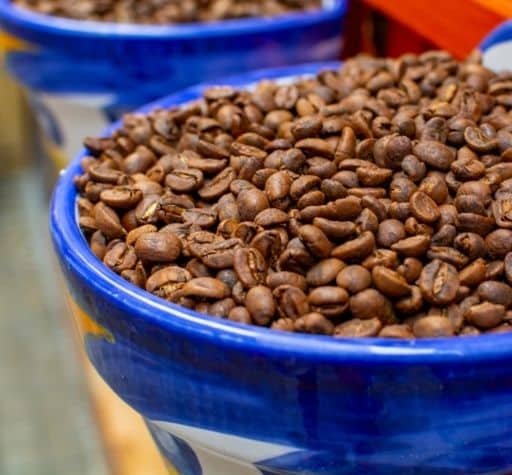
If you asked me how the best decaf coffee is made today, I would say it is hard to say which decaffeination process is the best. The most popular method is the indirect solvent-based process since no chemical solvent comes in contact with the beans. However, my personal favorite is the Swiss water process because I believe water does the job pretty good at making best decaf coffee beans.
However, it all comes down to personal preference, and honestly, coffee taste relies more on how it is roasted and brewed than how it is decaffeinated. As a result, you must focus more on the roasters and their process.
Does Decaf Coffee Have Benefits?
Yes, Decaf coffee beans do have benefits. However, there are both pros and cons of decaf coffee like any other thing. Let’s look at them separately:
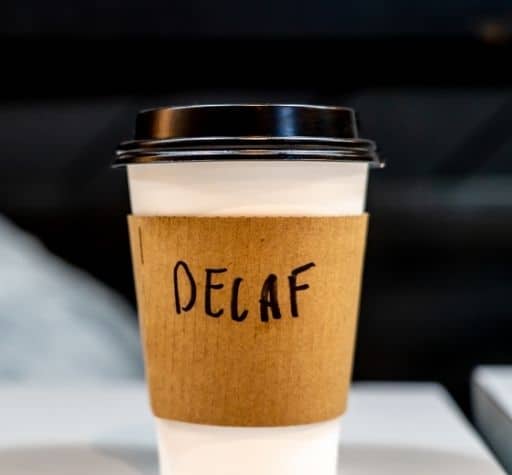
Decaf Coffee Benefits:
Is decaf coffee good for you? Well, the answer is yes and here is why
Caffeine Sensitivity:
The caffeine-free decaf coffee helps you avoid the negative side effects of becoming sensitive to caffeine consumption. These include restlessness, high blood pressure, insomnia, anxiety, and heart palpitations. [1]
Caffeine-induced Health Concerns:
Caffeine is addictive and bad for health in the long run. The stimulating effect of caffeine often leads to bowel problems, heartburn, and sleep troubles. You can contain these health problems by using decaffeinated coffee. [2]
Anxiety:
Caffeine-induced anxiety is something a lot of people suffer from. It is associated with nervousness and restlessness, which we commonly call “jitters.” However, coffee itself does not cause anxiety. It only worsens the effects of anxiety. Removing caffeine from your coffee is a good way to avoid this.
Digestive/dehydration problems:
Caffeine also causes gastrocolic problems in people who drink coffee. However, this is still being studied and might not apply to everyone. But it is still an issue if you are facing something similar. [3]
Decaf Coffee Drawbacks:
Is decaf coffee bad for you? Well, not really but there are some drawbacks.
Chemicals:
Decaf coffee is often made using chemical solvents. Exposure to extreme concentrations of these chemicals through coffee consumption can have drastic neurological consequences in human beings. Some decaf coffees use naturally occurring chemicals. As a result, you should always read the label and do some research before consumption. [4]
Cholesterol:
Various studies have shown that decaf coffee tends to increase cholesterol in humans. However, there is no concrete evidence or long-term studies to validate the claim. As a result, you should consume decaf coffee, but if you have a cholesterol problem, consider reducing consumption and see if it gets better. [5]
Decaf vs. Regular Coffee
Decaf vs. regular coffee is quite a popular debate, especially among coffee enthusiasts. Most people find a decaf cup of coffee pointless since it has minimal caffeine to stimulate them. But is there caffeine in decaf coffee? 5-10 cups of decaf coffee combined have the same amount of caffeine as a single cup of caffeinated coffee.

Therefore, unless you are a coffee addict, it is fine to consume regular coffee. However, for those who are addicts, decaffeinated coffee is a good alternative to get rid of the addiction while continuing coffee consumption.
Is caffeine going to fuel my anxiety?
Even people who suffer from sleeping problems, anxiety, or depression should consider switching to decaf. Caffeine consumption often leads to that jittery feeling that is quite similar to what one feels during a panic attack. As a result, one shouldn’t take the risk and instead take the safer route with decaf coffee.
Moreover, people who suffer from conditions like stomach ulcers, heartburn, chronic headaches, and pregnant women should consider decaf instead of regular coffee.
All in all, decaf vs. regular coffee is an easy debate for people who already have problems. Coffee dehydrates you in any case, so whether you take a decaf cup or a regular cup, drink lots of water after it.
Decaf Coffee FAQS
Does decaf coffee have caffeine?
Even though decaf coffee is supposed to be caffeine free, it still has minute amounts of caffeine. An average 8-ounce cup of decaf coffee has around 7-8 mg of caffeine compared to 80-150 mg caffeine in a regular cup.
Is decaf coffee bad for you?
No, studies have credible evidence that show that decaffeinated coffee has any side effects for your health. In fact, reduced caffeine in decaf coffee is proved to be better for health.
Does decaf coffee make you poop?
Decaf coffee has similar effects on bowel movements as regular coffee. As a result, drinking a cup or two of decaf coffee can make you poop, and it is perfectly normal.
Can you drink decaf coffee while pregnant?
There are no official studies that show the effect of decaf coffee on pregnant women. However, due to extremely low amounts of caffeine, it is likely to be safe to consume decaf coffee while pregnant. But in any case, you should avoid all sort of stimulants.


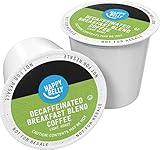









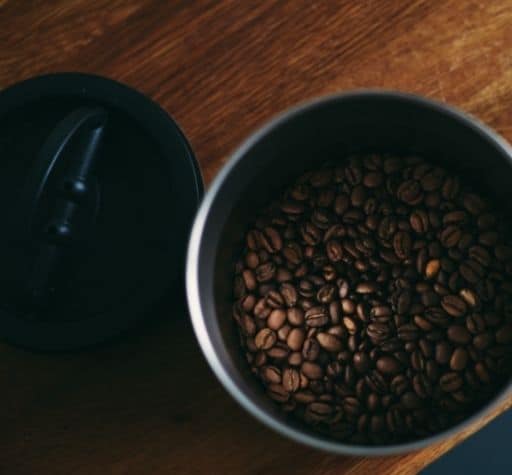









1 comment